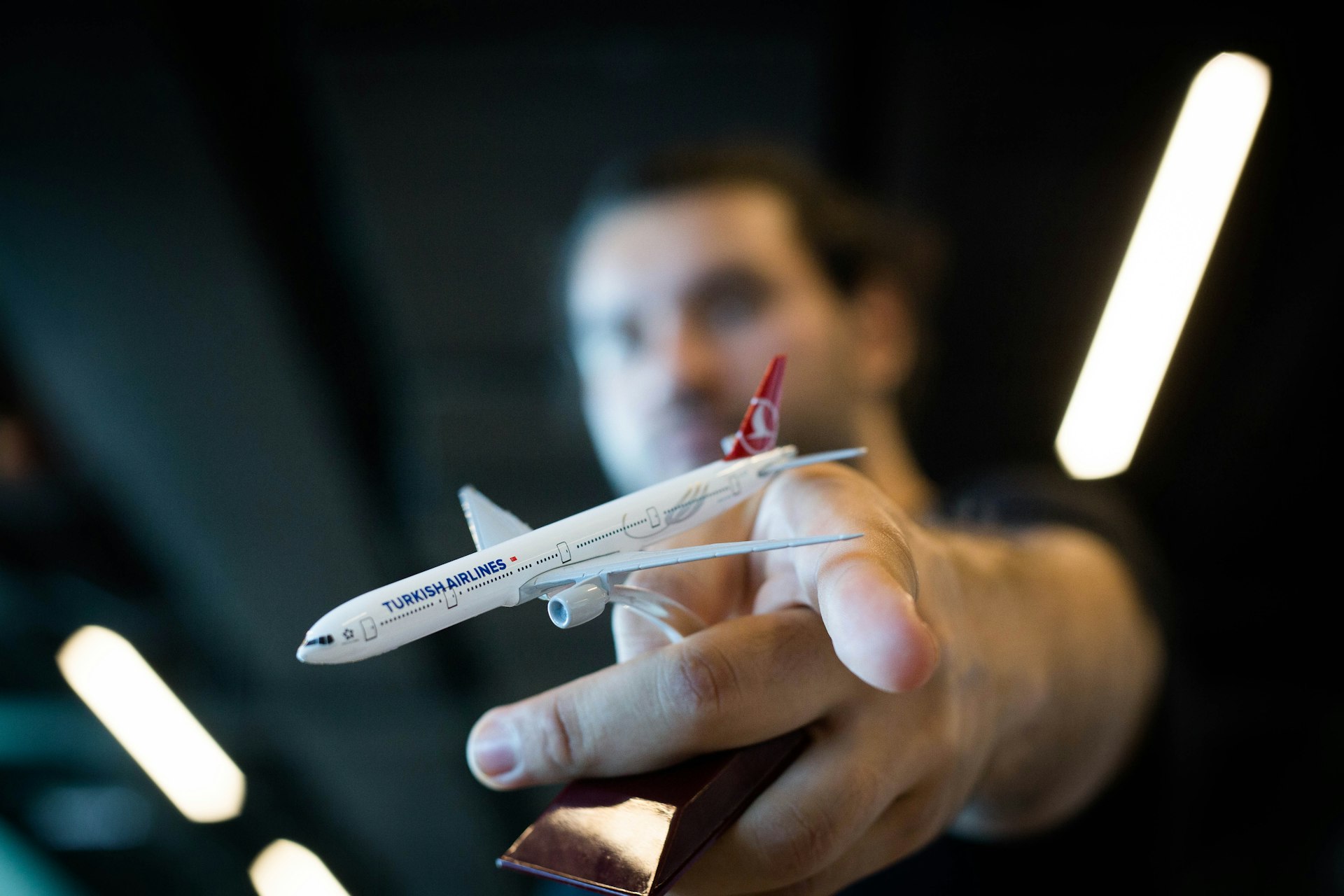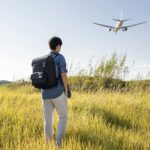Transforming In-Flight Dining: The Future of 3D Printed Food in Aviation and Travel


Photo by Huseyin Akuzum on Unsplash
Introduction
Modern travelers expect more from their dining experiences, especially in aviation and travel where convenience, quality, and personalization matter most. 3D printed food is emerging as a promising technology to address these evolving demands, offering customized meals, improved sustainability, and efficient food production for airlines, airports, and other travel sectors. This article provides a comprehensive overview of the future of 3D printed food in aviation and travel, highlighting key benefits, real-world examples, step-by-step implementation strategies, and practical guidance for industry professionals and travelers alike.
How 3D Printed Food Works
3D food printing leverages advanced fabrication techniques-such as extrusion, inkjet printing, binder jetting, and powder bed melting-to create food items layer by layer using digital designs. The process allows for precise control over texture, flavor, and nutritional content, making it possible to produce meals tailored to individual preferences or dietary restrictions [1] . The extrusion method is especially popular for handling fresh or pre-processed ingredients, while inkjet printing is used for high-resolution images on edible surfaces [1] .
Key Benefits for Aviation and Travel
- Personalized Nutrition: Airlines can offer passengers meals customized to their dietary needs, allergies, or preferences, enhancing customer satisfaction and health outcomes. For example, passengers could pre-select their meal profiles, and food printers would prepare dishes tailored to their nutritional requirements [1] .
- Enhanced Sustainability: 3D printing can help reduce food waste by producing meals on demand and utilizing alternative protein sources or upcycled ingredients. This approach supports airlines and travel providers in meeting sustainability goals and reducing their carbon footprint [2] .
- Operational Efficiency: Automated food production streamlines catering logistics, enabling airlines to adapt quickly to changing passenger needs and minimize storage requirements. Vending machines equipped with 3D food printers could provide fresh meals at airports or during long-haul flights [1] .
- Innovative Culinary Experiences: Digital cooking enables precise layering and cooking of ingredients, as demonstrated by Columbia University’s successful printing and laser-cooking of a multi-layer cheesecake [4] . Such technology may soon allow airlines to offer gourmet, visually stunning dishes at altitude.
Recent Advancements and Case Studies
Recent breakthroughs in 3D food printing include the integration of cooking technologies-such as lasers for in-line heating-which allow food printers to not only assemble but also cook food with precision [4] . This innovation paves the way for real-time, freshly prepared meals in travel environments. Engineers have demonstrated the feasibility of printing complex foods, like cheesecakes, combining multiple ingredients and cooking layers individually, showcasing the flexibility and creativity possible with digital cooking [4] .
In the airline industry, pilot programs are exploring how 3D printed food can enhance passenger experiences and reduce the environmental impact of traditional catering systems. While specific examples of in-flight deployment are still limited, leading food tech companies and research institutions are actively developing applications for aviation and travel.
Challenges and Barriers to Adoption
Despite its potential, several obstacles must be addressed before 3D printed food becomes mainstream in aviation and travel:
- Technical Complexity: The equipment required for 3D food printing is sophisticated and often costly, posing a barrier for airlines and catering companies [3] . Maintenance and calibration of printers also require skilled personnel.
- Food Safety & Standardization: Ensuring consistent quality and safety of printed foods is crucial, especially in regulated industries like aviation. Standards for printed food production and handling must be developed and enforced [3] .
- Consumer Acceptance: Passengers may be unfamiliar with or hesitant to try 3D printed foods due to perceptions about taste, safety, or authenticity. Airlines and travel providers should educate consumers about the benefits and quality of printed foods through in-flight demonstrations or informational campaigns [3] .
- Nutrition and Health Impacts: More research is needed to fully understand the nutritional content, density, and bioavailability of 3D printed foods, as well as their potential effects on health and dietary traditions [1] .
How to Access and Implement 3D Printed Food Solutions
If you are an aviation or travel industry professional interested in exploring 3D printed food solutions, consider the following steps:
- Research Available Technologies: Begin by reviewing current 3D food printer models and suppliers. Many professional-grade printers are now available for commercial use, and you can compare features and capabilities through reputable food technology publications and supplier directories.
- Connect with Industry Experts: Attend food innovation conferences, trade shows, or webinars focused on digital cooking and 3D printing in food service. Organizations such as the Institute of Food Technologists and academic research centers often host seminars or workshops on emerging food tech.
- Pilot Test in Controlled Environments: Consider running a small-scale pilot program in a lounge, airport, or on select flights. Collaborate with catering partners and food scientists to evaluate the feasibility, consumer response, and operational benefits.
- Engage with Regulatory Agencies: Work with your national and international airline food safety agencies to ensure compliance with food safety standards. Regulations may vary by region, so consult with the relevant authorities for guidance.
- Educate and Market: Develop educational materials for passengers and staff to increase awareness and acceptance of 3D printed food. Highlight the nutritional, environmental, and experiential benefits through clear and engaging communication.
For travelers and consumers, if you are interested in experiencing 3D printed food during travel:
- You can inquire with airlines or airport lounges about new dining technologies and upcoming pilot programs.
- Consider searching for “3D printed food experiences” in major travel hubs or attending food tech exhibitions open to the public.
- Stay informed about industry advancements through trusted news outlets and food technology publications.
Alternative Approaches and Future Outlook
While 3D printed food technology is advancing rapidly, alternative approaches such as cell-cultured meat, plant-based protein innovations, and automated robotic cooking systems are also being explored for aviation and travel [2] . Each solution presents unique advantages and challenges, and the optimal approach may vary depending on operational priorities, customer demographics, and regulatory environments.
Looking ahead, experts predict that 3D food printers will soon become common in kitchens, catering facilities, and even vending machines in airports, offering a personalized chef and nutritionist in one device [4] . As consumer acceptance grows and technical challenges are overcome, the aviation and travel industry stands to benefit from more sustainable, customizable, and exciting dining experiences.

Photo by Muhammad Ibrahim on Unsplash
Key Takeaways
3D printed food has the potential to revolutionize aviation and travel dining by offering personalized nutrition, reducing waste, and creating new culinary possibilities. Although adoption faces technical, regulatory, and consumer-related challenges, ongoing research and pilot programs are paving the way for broader use. Industry professionals should proactively research, test, and educate stakeholders to leverage the benefits of this innovative technology.
References
- [1] W Zhu et al. (2023). Three-Dimensional Printing of Foods: A Critical Review.
- [2] V Prithviraj et al. (2025). Emerging advancements in 3D food printing.
- [3] M Lourenço et al. (2025). 3D food printing: A review of history, functionality and challenges in product development.
- [4] The Food Institute (2023). The Future of 3D-Printed Food Looks Sweet.






